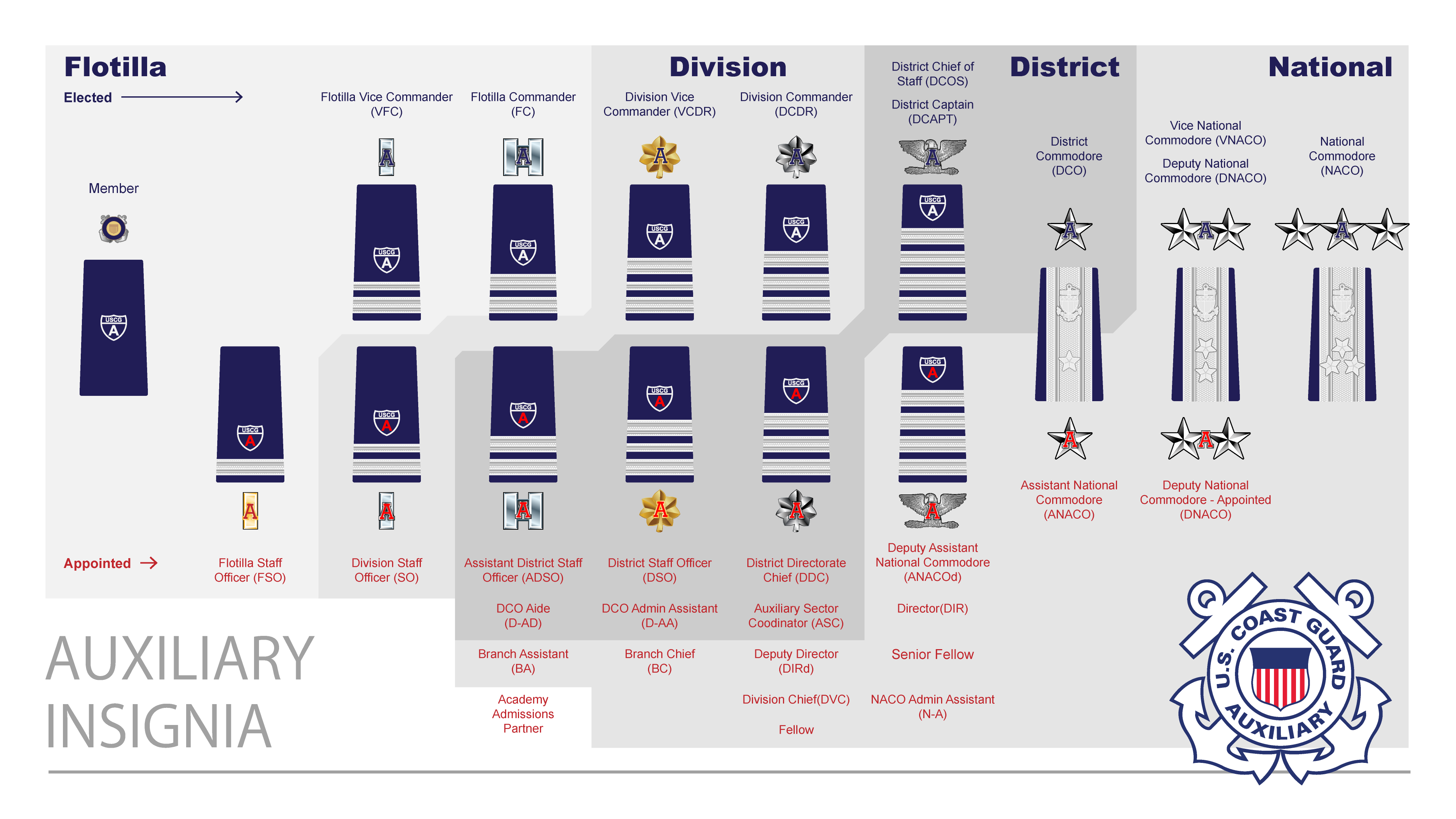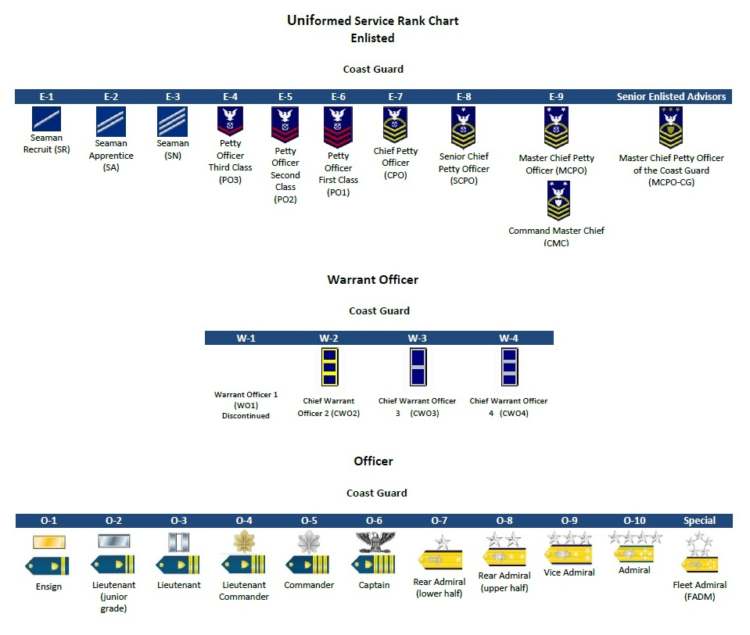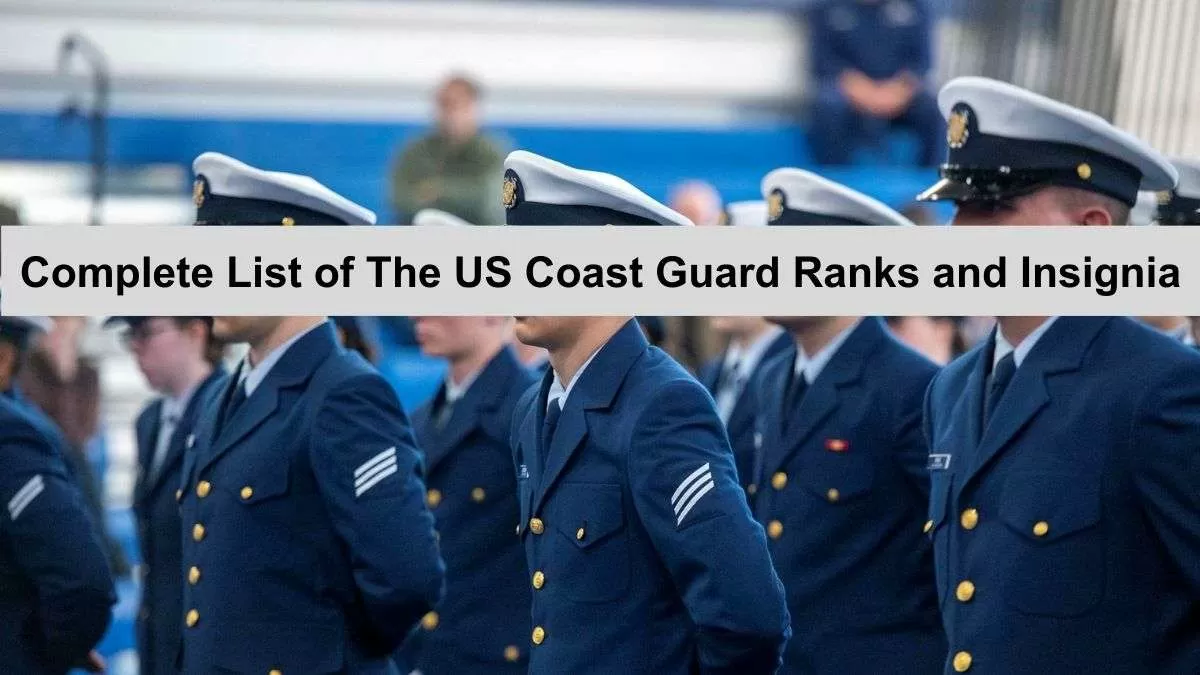5 Coast Guard Officer Ranks

Introduction to Coast Guard Officer Ranks

The United States Coast Guard is a unique branch of the military, operating under the Department of Homeland Security during peacetime and under the Department of the Navy during wartime. As such, it has a distinct set of ranks for its officers, reflecting the organization’s dual role in maritime law enforcement and military operations. Understanding these ranks is essential for anyone interested in a career with the Coast Guard or seeking to learn more about its structure and operations.
Overview of Officer Ranks

Officer ranks in the Coast Guard are divided into several categories, including Junior Officer Ranks, Senior Officer Ranks, and Flag Officer Ranks. Each category represents a progression in responsibility, authority, and expertise. Here is a brief overview of the first five officer ranks, which are crucial for the foundation and daily operations of the Coast Guard:
Junior Officer Ranks: The Foundation

Junior officer ranks are the entry points for officers in the Coast Guard. These ranks are responsible for leading smaller teams, executing specific missions, and developing their leadership and technical skills. The first five officer ranks in the Coast Guard are:
- Ensign (ENS): The most junior rank for officers, ensigns are typically recent graduates of the Coast Guard Academy, Officer Candidate School, or other commissioning programs. They serve as division officers or in similar roles, gaining experience and developing their leadership skills.
- Lieutenant Junior Grade (LTJG): After gaining experience as ensigns, officers are promoted to lieutenant junior grade. At this rank, they may serve as executive officers on smaller cutters, as division officers on larger ships, or in various staff roles.
- Lieutenant (LT): Lieutenants have significant experience and may command smaller cutters, serve as executive officers on larger ships, or hold senior staff positions. They are expected to have a high level of competence in their specialty and to be developing their skills as leaders.
- Lieutenant Commander (LCDR): Lieutenant commanders are senior officers who have demonstrated exceptional leadership and technical expertise. They may command larger cutters, serve in significant staff positions, or act as department heads on major cutters.
- Commander (CDR): Commanders are highly experienced officers who have achieved a high level of success and recognition within the Coast Guard. They may command large cutters, serve in senior staff positions, or hold other critical roles that require strong leadership and strategic thinking.
Importance of These Ranks

These five ranks are crucial for the operational effectiveness of the Coast Guard. They represent the backbone of the organization, responsible for the day-to-day execution of missions, the development of junior personnel, and the implementation of policies and strategies set by more senior officers.
🚨 Note: The progression through these ranks depends on a combination of factors including performance, the needs of the service, and the individual's career goals and preferences.
Career Development and Progression

Officers in the Coast Guard progress through these ranks based on their performance, as evaluated through regular fitness reports, and the needs of the service. Each rank requires a deeper understanding of leadership principles, broader technical knowledge, and the ability to inspire and motivate others. The Coast Guard offers various training programs and educational opportunities to support officers in their career development, ensuring they have the skills and knowledge necessary to succeed at each level.
Conclusion

In summary, the first five officer ranks in the Coast Guard - Ensign, Lieutenant Junior Grade, Lieutenant, Lieutenant Commander, and Commander - form the foundation of the organization’s leadership structure. These ranks are not only crucial for the daily operations and mission execution of the Coast Guard but also represent the pathway through which officers develop their skills, assume greater responsibilities, and contribute to the service’s strategic goals. Understanding these ranks and their roles is essential for appreciating the complexity and professionalism of the Coast Guard.
What is the entry-level rank for officers in the Coast Guard?

+
The entry-level rank for officers in the Coast Guard is Ensign (ENS), typically achieved upon graduation from the Coast Guard Academy or completion of Officer Candidate School.
How do officers in the Coast Guard progress through ranks?

+
Officers in the Coast Guard progress through ranks based on their performance, as evaluated through regular fitness reports, and the needs of the service. Promotions also depend on the individual’s career goals and preferences, as well as their participation in training and educational programs.
What are the responsibilities of a Commander in the Coast Guard?

+
Commanders in the Coast Guard are highly experienced officers who may command large cutters, serve in senior staff positions, or hold other critical roles that require strong leadership and strategic thinking. They are responsible for making strategic decisions, leading significant units or departments, and contributing to the development of junior officers.



